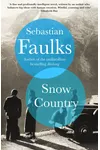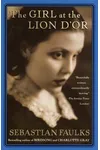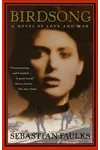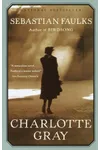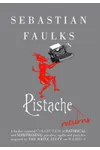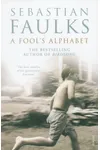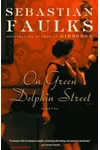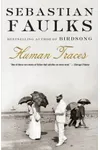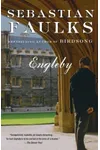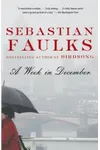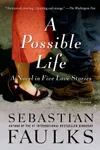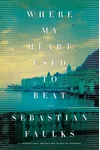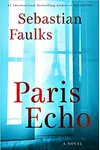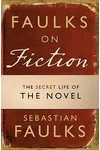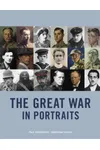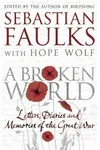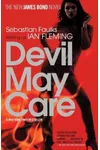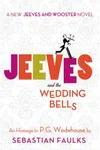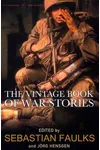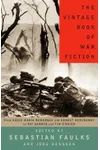Picture a British storyteller who turned the horrors of war into hauntingly beautiful tales—meet Sebastian Faulks! Born in 1953, this master of historical fiction has captivated readers with his French Trilogy, especially the unforgettable Birdsong. With a journalist’s eye and a novelist’s heart, Faulks weaves love, loss, and memory into stories that linger long after the final page.
From his early days as a bookish boy in Berkshire to his rise as one of Britain’s literary treasures, Faulks’s journey is as compelling as his novels. Let’s dive into the life, works, and lasting impact of this remarkable author.
The Making of Sebastian Faulks
Sebastian Charles Faulks was born on April 20, 1953, in Donnington, Berkshire. Raised in a family that valued literature, he devoured books from a young age, finding inspiration in authors like Charles Dickens and Ernest Hemingway. Educated at Wellington College and Cambridge University, Faulks honed his sharp intellect and love for storytelling. After graduating, he stepped into journalism, working as a literary editor at The Independent. This career sharpened his knack for detail, but his heart lay in fiction. By 1984, he published his first novel, A Trick of the Light, marking the start of a storied career.
Sebastian Faulks’s Unforgettable Stories
Faulks’s novels are a masterclass in historical fiction, blending meticulous research with emotional depth. His French Trilogy—The Girl at the Lion d’Or, Birdsong, and Charlotte Gray—is his crowning achievement. Birdsong (1993), a heart-wrenching tale of love and survival during World War I, is often hailed as a modern classic. Its vivid depiction of trench warfare and forbidden romance has moved readers worldwide. The Girl at the Lion d’Or (1989) explores love and betrayal in 1930s France, while Charlotte Gray (1998) follows a British woman’s daring mission in Nazi-occupied France.
Beyond the trilogy, Faulks’s versatility shines. Human Traces (2005) delves into the history of psychiatry, while Engleby (2007) offers a chilling psychological portrait. His prose is elegant yet accessible, with a knack for capturing the human spirit amid historical upheaval. Themes of memory, sacrifice, and resilience run through his work, making each novel a profound reflection on what it means to be human.
Faulks also dabbled in other genres, including a James Bond continuation novel, Devil May Care (2008), written in Ian Fleming’s style. His ability to adapt while retaining his signature depth showcases his storytelling prowess.
Why Sebastian Faulks Matters
Sebastian Faulks has redefined historical fiction, bringing the past to life with empathy and precision. His novels don’t just recount history—they make readers feel its weight. Birdsong alone has inspired adaptations for stage, radio, and television, cementing its cultural impact. Faulks’s exploration of war’s human cost resonates across generations, earning him accolades like the James Tait Black Memorial Prize and a CBE for services to literature in 2002.
His influence extends beyond books. Faulks’s commitment to historical accuracy and emotional truth has inspired aspiring writers to approach the genre with both rigor and heart. For readers, his stories offer a window into the complexities of love and survival, making him a beloved figure in modern literature.
About Sebastian Faulks
- Born: April 20, 1953, in Donnington, Berkshire
- Key Works: Birdsong, Charlotte Gray, Human Traces
- Awards: CBE (2002), James Tait Black Memorial Prize
- Fun Fact: Faulks wrote a James Bond novel, Devil May Care, as a tribute to Ian Fleming.
Snag Birdsong and dive into Sebastian Faulks’s spellbinding world of historical fiction! His stories will break your heart and mend it again, all in one breathtaking read.
